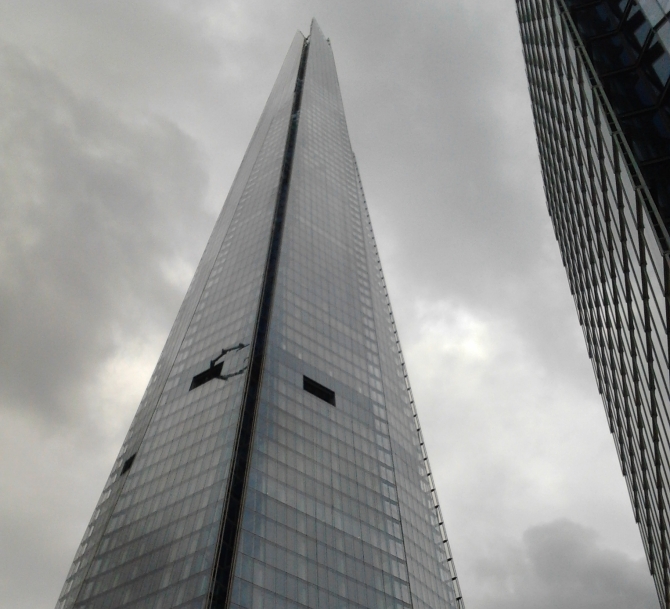Respected British architect Sir David Chipperfield has called for planning officers to be given greater powers to shape the future of our cities. His call comes in the same week it was revealed that almost 250 tower blocks are either under construction or in the planning stage in London alone.

Chipperfield’s practice has offices in London, Berlin, Milan and Shanghai and has designed buildings across the world including many major commercial developments. These include offices for BBC Scotland in Glasgow, hotels in Madrid and New York and shops for Valentino and Dolce and Gabbana.
Speaking to Edwin Heathcote, in the FT Global Property Insight, he asks what gives shape to our cities and how they should look. Comparing Berlin and London he finds that the former gives greater thought to the appearance of the built environment than the latter where, it might be concluded, it is determined by property developers rather than planners.
He conceded that Berlin does not have the huge amount of investment that London enjoys and so has more time to discuss proposals. Of course property investment is welcome, he says, but how do we evaluate and assess development? Is it by the amount of construction taking place or by the quality of the buildings it delivers?
Chipperfield also raises questions about the social dimension of our cities. There is no doubt that housing is required in London. In fact the primary use of 80 per cent of the 250 towers in the pipeline is residential, as opposed to 11 per cent which is intended for offices and hotels.
But, he argues, as property values rise central London is in danger of becoming a “wealthy ghetto” devoid of the social diversity on which cities thrive. Do we accept this as the price of development, he asks, or do we introduce mechanisms to redress the situation?
His third concern is scale. Returning to Berlin, Chipperfield describes the view from his apartment. It is a scene of four or five storey buildings and small courtyard cafés. When we move to the scale of London, he believes, the familiar things that link us to our environment are removed.
“Take London’s Shard,” he says. “It is quite beautiful in many ways, but I can’t relate to it – there is always a distance.”
In Zurich, he continues, proposed developments are placed into a scale model of the city in order to generate discussion.
“London seems to have abandoned that idea. Instead, there is an anxiety or loss of confidence that results in polarised positions, with developers and architects on one side and everyone else on the other.”
The scale of investment flooding into London needs better planning machinery, Chipperfield says. “We need city architects or planning officers with power.”
At a time when many planning regulations are being relaxed or swept away – and a return to speculative development is underway – Chipperfield’s opinions are likely to fall on deaf ears. The removal of this red tape avoids costly delays and has been welcomed by the industry. But there is no doubt that in cases where local opinion is ignored completely, people can be left feeling marginalised and powerless by planners and developers.
Previous Post
Dundee Shopping Centre sold for £125.3m